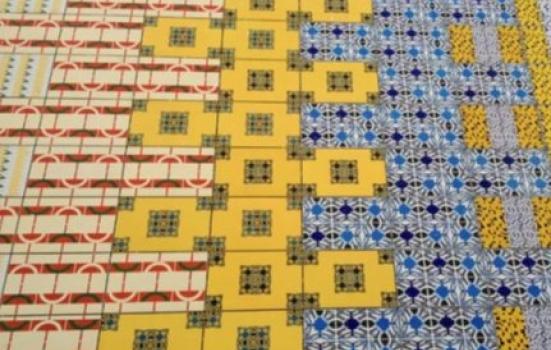How can a council support the arts when its budget has been cut completely? Charlotte Fergusson shares the inspiring story of Westminster City Council.

In September 2005 Westminster City Council’s direct arts funding budget was more than £600,000 per year, but by April 2014 it was cut to zero. However, the council’s commitment to arts and culture has remained strong and the local arts and culture sector and residents have benefited from a number of interventions that support the arts in the centre of London. The ones described here are all among the recommendations in London Council’s recent report entitled London local government’s support for arts and culture.
Over the last year local councillors allocated around £80,000 from their discretionary ‘ward budgets’ towards creative projects for residents
About six years ago we set up Culture Network Westminster for artists or organisations offering arts activities for local residents. By running two large-scale network events each year for network members we perform a brokerage role: introducing network members to each other, potential funders and council colleagues from other teams like public health, youth services and education. Network events also offer our members a chance to share information and best practice, all in inspiring spaces donated by the likes of Somerset House, Wigmore Hall and Tate Britain.
As part of the Church Street Futures Plan, I have been working with colleagues in the property and housing teams to set up a special fund for arts projects that will contribute to the cultural regeneration of the ward of Church Street. Over the last year local councillors allocated around £80,000 from their discretionary ‘ward budgets’ towards creative projects for residents. We regularly gather material on activities offered by the local arts and culture sector for inclusion in council publications read by tens of thousands of residents (Westminster Plus for older people; Children First and Edit for children, young people and their families; Westminster Reporter for all residents; plus a number of e-newsletters).
For the last decade the council has produced and organised West End LIVE to showcase the very best performances that Theatreland and London’s cultural institutions have to offer. Sponsored by MasterCard, it offers thousands of people the chance to gather together in Trafalgar Square to enjoy free performances from the very best West End shows and dozens of free exhibitions and activities.
Over the last five years the council has negotiated £6.8m for public art through section 106 agreements and planning conditions for public art as part of development schemes, with works commissioned from Alison Turnbull, Richard Wilson and Yinka Shonibare, among many others.
In addition, the council runs an initiative called City of Sculpture where we offer public sites for the display of sculpture. Several galleries have participated in the scheme since its inception in the mid 1990s, resulting in the display of a series of high-quality pieces. The galleries cover the costs of installing and removing the pieces on the basis of six-month temporary permissions. Over the past five years we have hosted on average around 12 pieces each year with 15 private galleries, two public galleries and eight individual artists taking part. The pieces encompass both the accessible and the challenging, the contemporary and the traditional, and artists have included Lorenzo Quinn, Dale Chihuly, Emily Young, Paul McCarthy and William Turnbull. The sponsoring gallery or artist benefits from increased exposure (often a loan will coincide with an exhibition). This exposure is considered to be a significant benefit as some of our open spaces are world class. And Westminster gains sculpture in the public realm at little or no cost to itself, which was particularly welcome in the run-up to the Olympics.
Besides acting in a curatorial capacity, the council has provided specialist advice (for example, on the planning process or on installation) and practical help such as parking bay suspensions or help with crane licenses.
So all of this, and plenty more, is possible without an arts budget but it would be impossible without one dedicated officer, the collaboration of a multitude of colleagues from across the local authority, the input from hundreds of world-class arts organisations and artists, and the conviction of our elected members that arts and culture enhance the quality of our lives.
Charlotte Fergusson is Cultural Partnerships Officer at Westminster City Council.
www.westminster.gov.uk/arts




